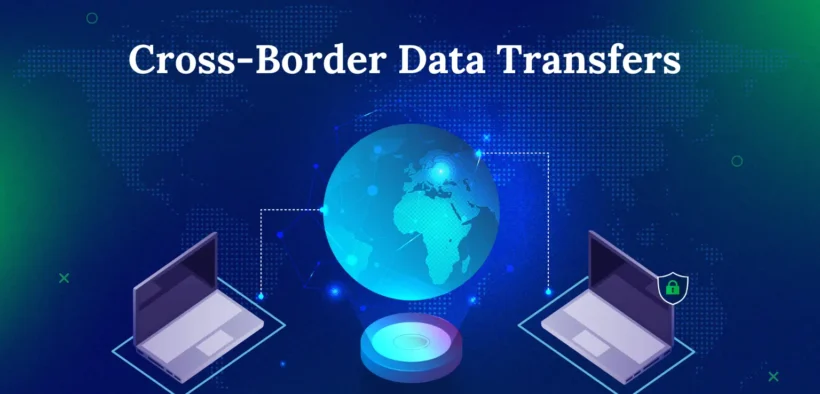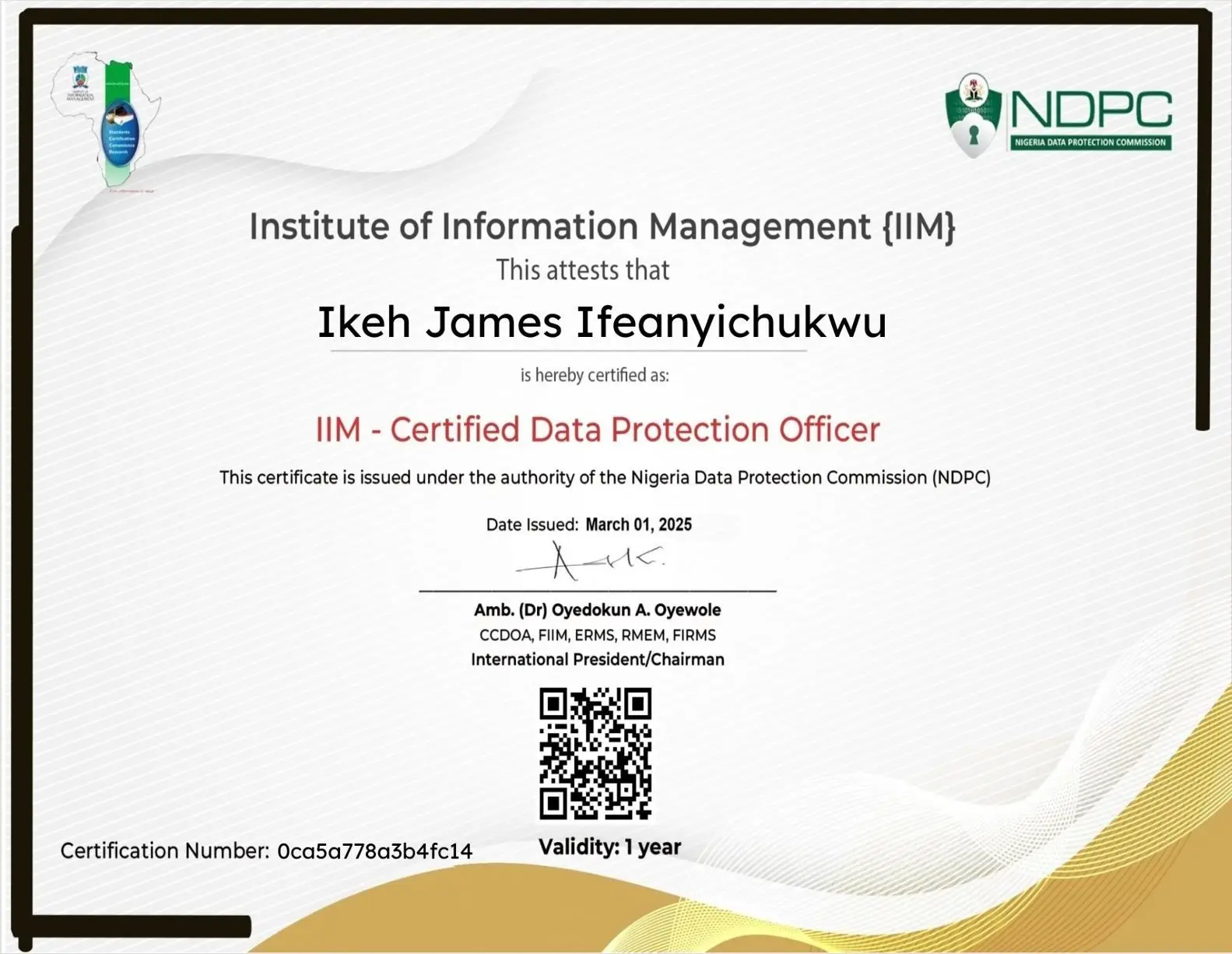Cross-Border Data Transfers: The Next Big Legal Battle in 2025
Share

Cross-border Data Transfers data transfers have emerged as one of the most contested issues in global privacy and data protection law. With multinational companies relying heavily on cloud infrastructure, AI-driven analytics, and international data flows, regulators are tightening scrutiny. The result? Businesses find themselves navigating a complex web of conflicting legal regimes that could define the future of digital trade.
Why Cross-Border Data Transfers Matter
Data is now the world’s most valuable commodity, often compared to oil. Every time a consumer in Germany uses a U.S.-based app or a healthcare startup in India adopts a Canadian cloud provider, personal data travels across borders.
- For businesses, this enables innovation, operational efficiency, and customer personalization.
- For regulators, it raises questions about sovereignty, security, and individual privacy rights.
Example
In July 2023, Meta was fined €1.2 billion by the Irish Data Protection Commission for transferring EU user data to the U.S. without adequate safeguards. This record penalty highlighted how high the stakes are for companies mishandling data flows.
The Legal Battleground: Key Regulations in 2025
Global data laws are evolving at lightning speed. Below is a comparative table of major frameworks influencing cross-border transfers in 2025:
| Region | Framework | Key Provisions on Cross-Border Data Transfers |
|---|---|---|
| European Union | GDPR + EU-U.S. Data Privacy Framework (DPF) | Transfers allowed only with adequacy decisions, SCCs, or BCRs. Ongoing scrutiny of U.S. adequacy. |
| United States | Sectoral laws (HIPAA, CCPA/CPRA) + AI regulations | No federal omnibus privacy law yet. Relies on state laws + contractual safeguards. |
| China | PIPL + Cybersecurity Law | Strict localization rules. Sensitive data must undergo security assessments before export. |
| India | Digital Personal Data Protection Act, 2023 (DPDP Act) | Allows cross-border transfers with government whitelist, but expected amendments in 2025. |
| Brazil | LGPD | Transfers permitted with adequate safeguards and DPA authorization. |
The Next Big Legal Battle
The legal flashpoints shaping 2025 include:
1. U.S.–EU Tensions
Despite the launch of the EU-U.S. Data Privacy Framework in 2023, privacy activists (such as Max Schrems and NOYB) are challenging its validity. A potential “Schrems III” case could once again invalidate the framework, leaving thousands of businesses scrambling.
2. AI and Data Sovereignty
AI systems depend on massive datasets, often processed globally. Countries like China, India, and Russia are pushing stricter localisation laws, arguing that sensitive data—such as biometrics and health records must never leave national borders.
3. Corporate Liability
Global tech firms are under pressure to demonstrate accountability frameworks not just compliance paperwork. Regulators now expect privacy impact assessments, encryption, and transparent governance models for every transfer.
Business Risks and Compliance Strategies
Risks Companies Face in 2025
- Multi-million dollar fines (e.g., Meta, TikTok EU fines)
- Class-action lawsuits from consumers
- Reputational damage and loss of consumer trust
- Supply chain disruptions due to vendor non-compliance
Practical Compliance Steps
- Adopt Standard Contractual Clauses (SCCs) with updated 2021 versions.
- Implement Binding Corporate Rules (BCRs) for multinational entities.
- Conduct Transfer Impact Assessments (TIAs) to evaluate legal risks in recipient countries.
- Leverage Encryption & Anonymization to minimize personal data exposure.
- Monitor Emerging Laws in India, China, and the Middle East for localization mandates.
Expert Insight: A 2025 Perspective
As a privacy and data protection strategist, I advise businesses that compliance is no longer optional it’s a competitive differentiator. Organisations that build privacy-first infrastructures will not only avoid fines but also strengthen consumer trust in a world increasingly skeptical of surveillance capitalism.
Frequently Asked Questions (FAQ)
Q1. What is a cross-border data transfer?
A transfer of personal data from one country to another, often involving storage, processing, or access by a foreign entity.
Q2. Is the EU-U.S. Data Privacy Framework legally safe?
As of 2025, it is operational, but its long-term validity is under challenge in EU courts. Companies should implement fallback mechanisms (SCCs, BCRs).
Q3. How does China’s PIPL affect global companies?
It imposes strict security assessments and localization requirements. Companies handling Chinese users’ data may need onshore servers.
Q4. What industries are most affected?
- Healthcare (HIPAA, genetic data transfers)
- Finance (AML/KYC requirements)
- Technology (AI, cloud services)
Q5. What should companies do in 2025 to stay compliant?
Adopt multi-layered safeguards, track legislative updates, and engage privacy experts to conduct regular audits.




























Leave a Reply